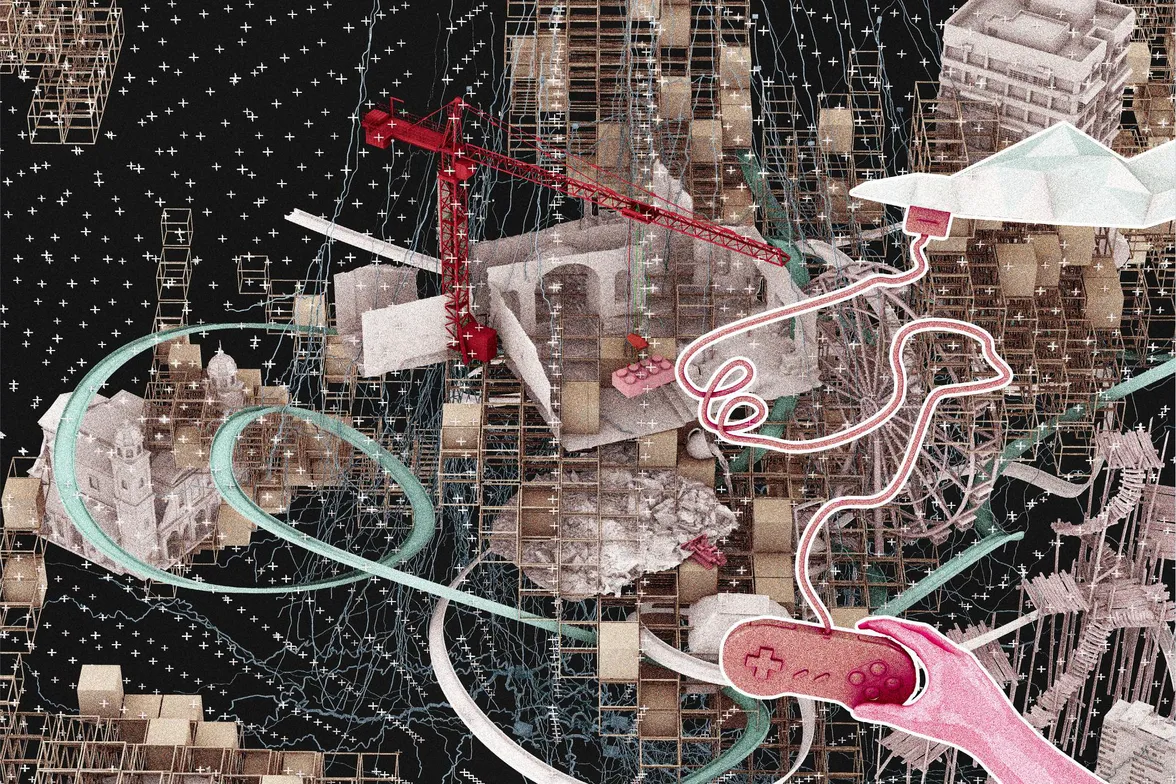
Navigating Design Space in the Creative Process: Integrating Machine Learning for Structured Exploration Avoiding Design Fixation
Ekaterina Pestriakova
Wintersemester 2023/24
Establishing a Research Territory
The research aims to develop a method that structures the design space for better navigation during the early design stage in a non-biasing way and allows architects to iterate quicker, as quicker iteration is effective when dealing with illdefined problems. Design problems are categorized as wicked or illdefined. An established approach to deal with illdefined problems is to go efficiently through design loops and quickly iterate between design options. Efficient iteration between design options is the most crucial part of the early design stage, where design is only in formation and the overall concept is developed. The structure helps with iteration. The design space can be structured/viewed through the lens of building typology. One way to approach this is using machine learning to cluster and structure data.
Establishing a Niche
A significant amount of work has been done on topics such as dealing with ill-defined design problems, iteration, design frameworks, the significance of an early design stage, building typology, and how this can be approached using machine learning. Currently, machine learning is applied in most cases that are relevant to the topic to offer a solution to a user or a variety of solutions to pick from, turning humans in this human-computer interaction into curators but not creators. As this approach can be highly beneficial later in the design process, dealing with fixed and highly detailed elements early in the design process can be harmful, as it might limit an architect’s creativity and lead to design fixation. The remaining question is how digital tools and machine learning can be integrated into the design workflow of an architect at the early design stage without offering a solution but instead helping to navigate the design space and explore options, deriving the approach from existing design methodology.
Occupying a Niche
A proven benefit of working with abstract stimuli is boosting an observer’s creativity. The work aims to investigate the method that can be developed for applying machine learning to an early design stage that would create a structure that is helpful for iteration, basing the structure on the building topology, presented in the form of abstract stimuli, therefore not biasing the user and not offering fixed solutions, but rather a creativity boost. This approach leaves the user the freedom to build the design space and develop solutions on their own.

